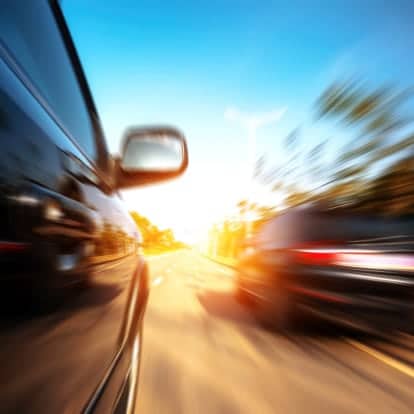
In 2002, a study conducted by the National Highway Traffic Safety Administration (NHTSA) determined that 37 percent of drivers surveyed self-reported nodding off at least briefly at the wheel. In 2010, a similar study conducted by the AAA Foundation for Traffic Safety discovered that 41 percent of drivers reported falling asleep while driving. The results for the 2015 study were comparable.
There is no question that drowsy driving has reached epidemic proportions in the U.S. The problem is particularly prevalent among younger demographics and among men. Yet, incongruously, 97 percent of drivers report understanding that it is unacceptable to drive when it is difficult to keep their eyes open.
An estimated 6,400 fatal car crashes are caused by drowsy driving annually – and given that this figure does not include non-fatal crashes – public safety advocates and political leaders have called for more aggressive initiatives to curb this epidemic.
Campaign to raise awareness
Public awareness campaigns are often successful in not only increasing awareness of a problem, but also implementing policy changes designed to resolve it. The National Drowsy Driving Prevention Week, which ran from November 1 – 8 in 2015, took this multifaceted approach to improving public safety. The NHTSA hosted a forum in recognition of the awareness week. It included speakers and panelists from advocacy groups, state governments, federal agencies, public health agencies, and traffic safety agencies. Featured experts ranged widely from a healthcare specialist in sleep sciences to the surviving family member of a victim of drowsy driving.
Speakers at the forum discussed the scope of the drowsy driving epidemic in the U.S. and proposed methods of curbing it. Their proposed approaches included exploring advanced vehicle technology, implementing preventative government policies, and increasing public education initiatives.
Risks of drowsy driving
Despite awareness initiatives, many people in the U.S. fail to realize that drowsy driving can be just as dangerous as drunk driving. In fact, a few states are considering legislation that would allow prosecutors to pursue criminal negligence charges against drowsy drivers if their sleep deprivation leads to an accident in which someone is injured or killed.
Drunk driving and drowsy driving both slow a person’s reaction time, impair judgment, and reduce awareness. An individual who is sleep deprived is more likely to have problems processing information and suffering from short-term memory impairment. Sleep deprivation can increase aggressive behaviors, which is certainly not ideal behind the wheel.
Everyone who drives is at risk of drowsy driving. Unfortunately, the only foolproof way to eliminate accidents related to sleep deprivation is for every driver to self-identify sleep deprivation and to abstain from driving during these times – an ideal, but impractical solution. Certain individuals are at a higher risk of engaging in drowsy driving, including rotating-shift workers and night shift workers. Commercial drivers, business travelers, young people, and those with sleep apnea are also more likely to fall asleep behind the wheel.
Maine residents who have questions about their legal rights following a car accident are invited to contact the personal injury law firm of Hardy, Wolf & Downing at 1-800-INJURED. Our skilled car accident lawyers are privileged to serve residents throughout the Lewiston, Portland, Bangor, and Auburn areas.

